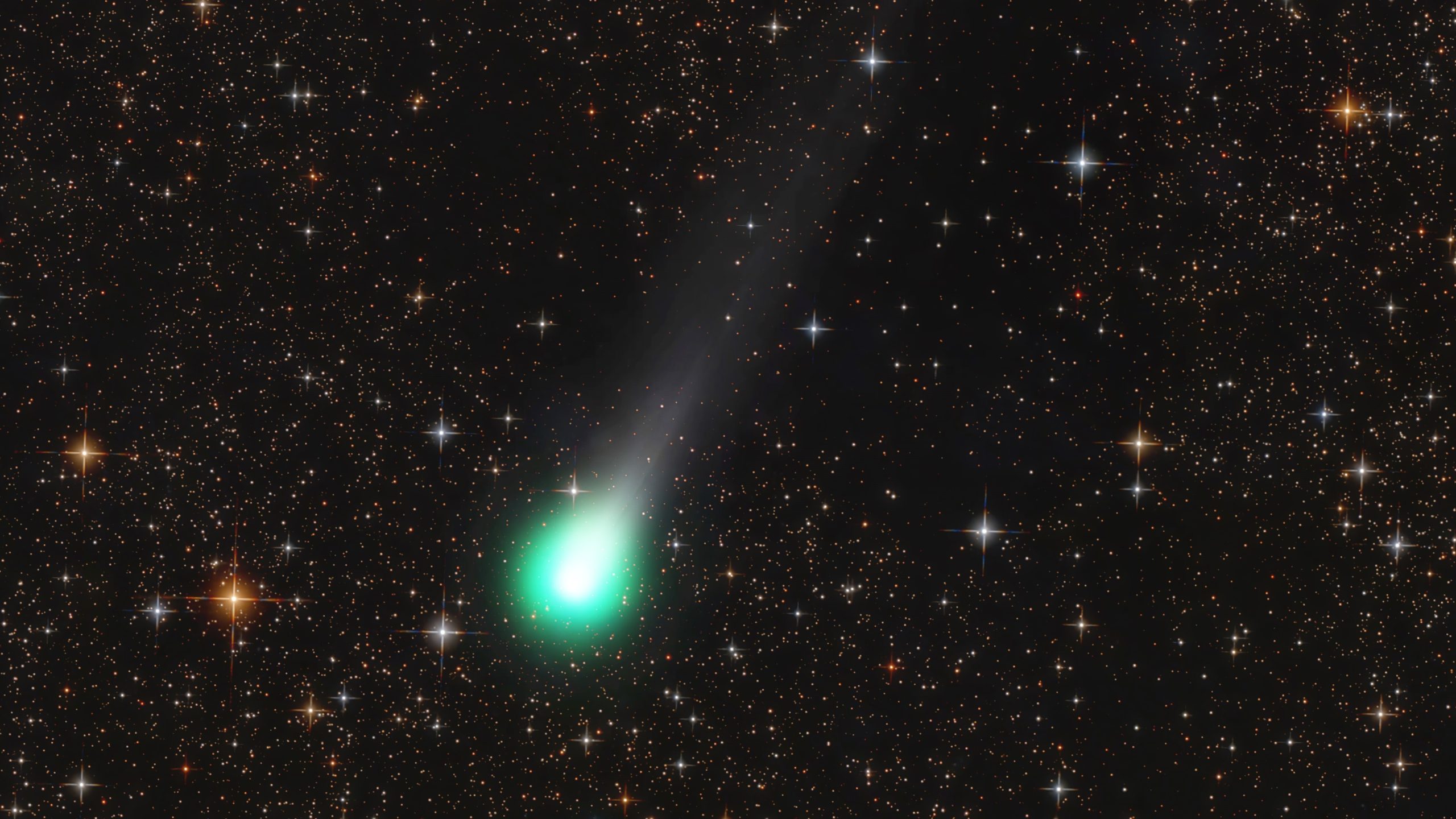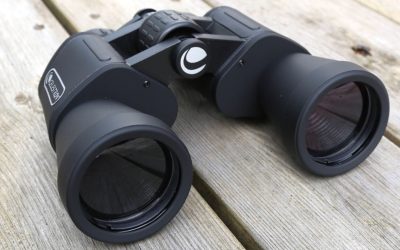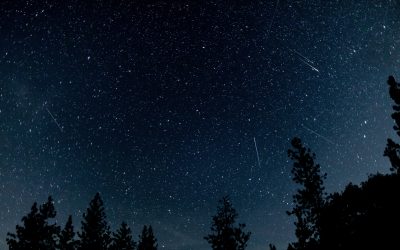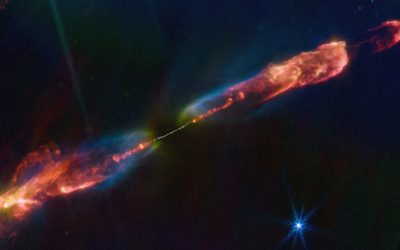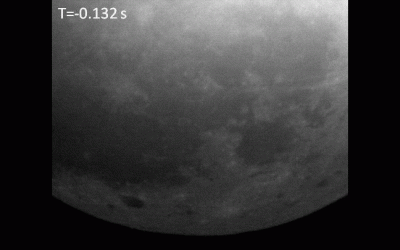Sky-watchers have a rare opportunity early this week to witness two comets simultaneously visible. After a year during which no comets were bright enough for observation without specialized equipment, Comet C/2025 A6 (Lemmon) and Comet C/2025 R2 (SWAN) have now made their appearance, offering a unique celestial spectacle.
On Tuesday, October 21, Comet Lemmon is poised to make its closest pass to Earth, promising a spectacular display as the icy wanderer from the outer solar system reaches its peak brightness.
Often noted for its distinct, lime-green hue – a visual irony given its name – the comet has already achieved a significant magnitude of 4.5, according to SpaceWeather.com. This places its current luminosity on par with the Beehive Cluster (M44), visible in spring, and only marginally fainter than the iconic Andromeda galaxy (M31).
While Comet Lemmon offers the possibility of naked-eye viewing under exceptionally dark skies, stargazers will require binoculars to catch a glimpse of its fainter companion, Comet C/2025 R2 (SWAN).
Notably, Comet SWAN is set to make its closest approach to Earth on Monday, October 20. This celestial rendezvous occurs just one day before Comet Lemmon’s own near pass. Despite its proximity, Comet SWAN will present a considerably dimmer spectacle, shining at an approximate magnitude of 5.9—making it roughly three times fainter than Comet Lemmon. It’s important to remember that, in astronomical terms, a higher magnitude number indicates a dimmer object.
For optimal viewing of both comets this week, stargazers should direct their attention skyward approximately 90 minutes after local sunset each night. Precise sunset times for your specific location can be confirmed by consulting Timeanddate.com.
On Monday, Comet Lemmon will be observable low in the northwest sky, appearing in close proximity to the Big Dipper constellation and the bright star Arcturus.
Stargazers hoping to track celestial visitors have distinct navigation guides. To locate one particular comet, observers can use the Big Dipper as a celestial signpost: simply follow the curve of its handle to “arc to Arcturus.” This comet will be visible roughly two-thirds of the way along that imaginary path, expected to appear slightly higher in the sky by Tuesday.
For those aiming to spot Comet SWAN, direct your attention to the southwest horizon. First, identify the prominent Summer Triangle asterism, formed by the brilliant stars Vega, Deneb, and Altair. Comet SWAN will then be situated approximately halfway between Altair and the horizon line.
For sky-watchers seeking to locate these comets, a variety of essential resources are readily available. Detailed sky maps and finder charts can be accessed through leading online platforms such as The Sky Live, In-The-Sky.org, and Stellarium. Additionally, popular mobile astronomy applications like Sky Guide, Sky Tonight, and SkySafari 7 Pro offer real-time navigational assistance. Aspiring astrophotographers keen to capture these celestial visitors will also find a comprehensive guide to aid their efforts.
Comet Lemmon is poised for a significant close encounter with Earth this Tuesday, approaching within 56 million miles (89 million kilometers), according to data from The Sky Live. Following this proximity to our planet, the comet is scheduled to make its closest pass to the sun, known as perihelion, on November 8.
While Comet Lemmon originally followed a vast 1,350-year orbit around the sun, its trajectory has been notably altered. The gravitational pull of Jupiter played a key role, sapping some of the comet’s orbital energy. This interaction, as reported by Star Walk, has effectively shortened its orbital period by nearly 200 years, meaning Comet Lemmon is now not expected to return until the year 3179.
Comet SWAN, a celestial wanderer with a monumental 20,000-year orbit around the sun, is set to depart the inner solar system this Monday. As it ventures back into the cosmic depths, the long-period comet will be a considerable 24 million miles (39 million km) away – a distance equivalent to approximately one-quarter of the span separating Earth from our star, according to Universe Today.

